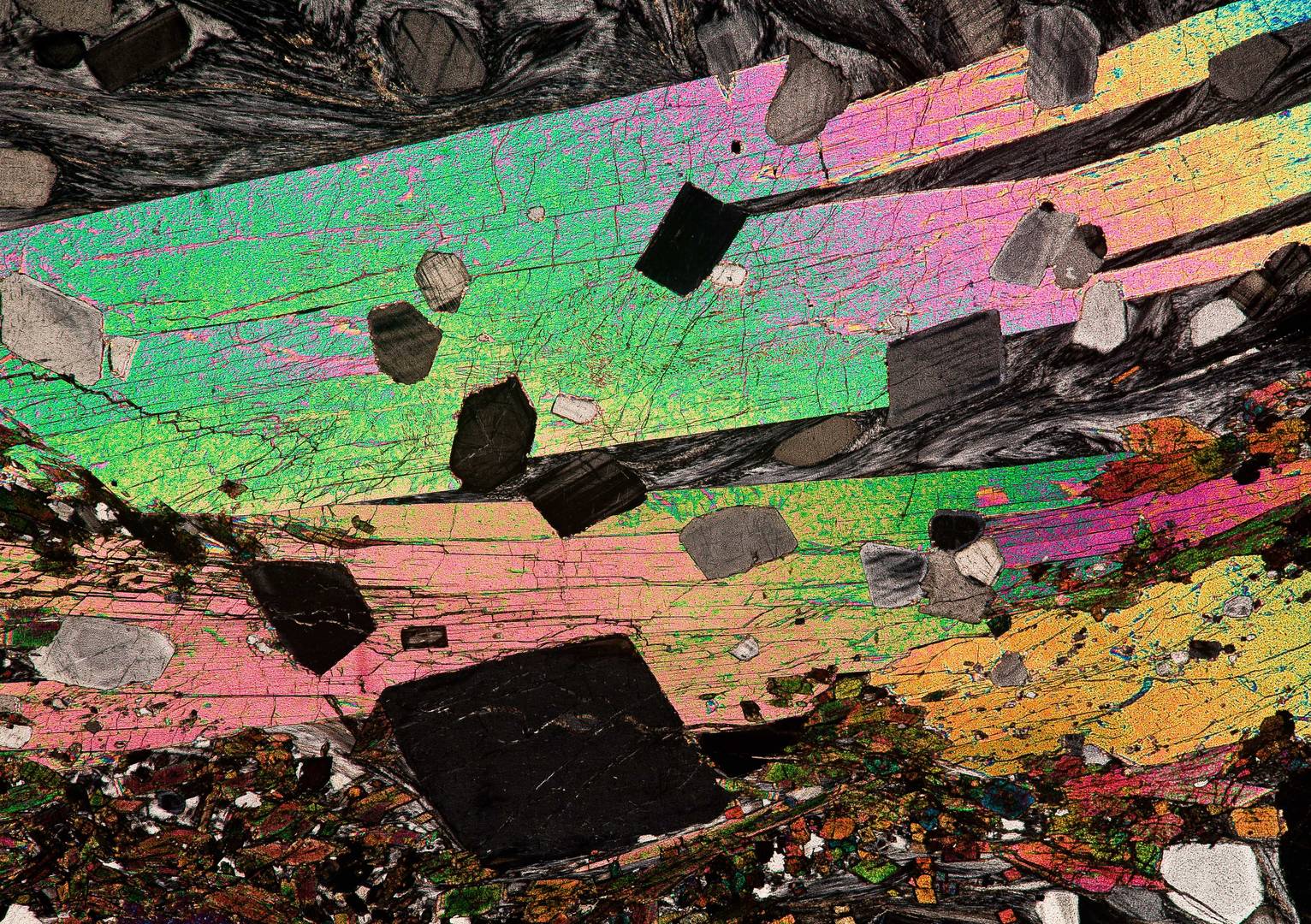References & further reading
Ballard, J.R., Palin, J.M. & Campbell, I.H. 2002. Relative oxidation states of magmas inferred
from Ce(IV)/Ce(III) in zircon: Application to porphyry copper deposits of northern Chile.
Contributions to Mineralogy and Petrology, 144, 347–364, https://doi.org/10.1007/s00410-002-
0402-5
Bouzari, F., Hart, C.J.R., Bissig, T., Barker, S., 2016. Hydrothermal Alteration Revealed by
Apatite Luminescence and Chemistry: A Potential Indicator Mineral for Exploring Covered
Porphyry Copper Deposits. Economic Geology. Vol. 111. Pp. 1397-1410.
Cooke, D.R., Agnew, P., Hollings, P., Baker, M., Chang, Z., Wilkinson, J.J., Ahmed, A., White,
N.C., Zhang, L., Thompson, J., Gemmel, J.B., Danyushevsky, L., and Chen, H., 2020. Recent
advances in the application of mineral chemistry to exploration for porphyry copper-gold-
molybdenum deposits: detecting the geochemical fingerprints and footprints of hypogene
mineralization and alteration. Geochemistry: Exploration, Environment, Analysis.
https://doi.org/10.1144/geochem2019-039
Cooke, D.R., Baker, M., Hollings, P., Sweet, G., Chang, Z., Danyushevsky, L., Gilbert, S., Zhou,
T., White, N.C., Gemmell, B.J., and Inglis, S. 2014. Chapter 7: New Advances in Detecting the
Distal Geochemical Footprints of Porphyry Systems- Epidote Mineral Chemistry as a Tool for
Vectoring and Fertility Assessments. Society of Economic Geologists, Inc. Special Publication
18, pp. 127-152.
Dupuis, C. & Beaudoin, G. 2011. Discriminant diagrams for iron oxide trace element
fingerprinting of mineral deposit types. Mineralium Deposita, 46, 319–335,
https://doi.org/10.1007/s00126-011-0334-y
Hannington, M.D., Kjarsgaard, I.M., Galley, A.G., and Taylor, B., 2003. Mineral-chemical studies
of metamorphosed hydrothermal alteration in the Kristineberg volcanogenic massive sulfide
district, Sweden. Mineralium Deposita, issue 38, pp423-442.
Mukherjee I, Large R., 2019. Application of pyrite trace element chemistry to exploration for
SEDEX style Zn-Pb deposits: McArthur Basin, Northern Territory, Australia. Ore Geology
Reviews, Volume 81, Pages 1249-1270
Uribe-Mogollon, C. and Maher, K., 2020. White Mica Geochemistry: Discriminating Between
Barren and Mineralized Porphyry Systems. Economic Geology. Society of Economic
Geologists, Inc. vol. 115, no. 2, pp. 325-354.
Wilkinson, J.J., Baker, M., Cooke, D.R., Wilkinson, C.C. & Inglis, S. 2017. Exploration targeting
in porphyry Cu systems using propylitic mineral chemistry: a case study of the El Teniente
deposit, Chile. In Mineral Resources to Discover: Society of Geology Applied to Ore Deposits,
14th Biennial Conference Proceedings, Quebec, 3, 1112–1114.
Williamson, B.J., Herrington, R.J., and Morris, A. 2016. Porphyry copper enrichment linked to
excess aluminium in plagioclase. Nature Geoscience; Advanced online publication. Macmillan
Publishers Limited. DOI: 10.1038/NGEO2651
Repeat as necessary
 Search
Search
 English
English
 Login
Login

























































